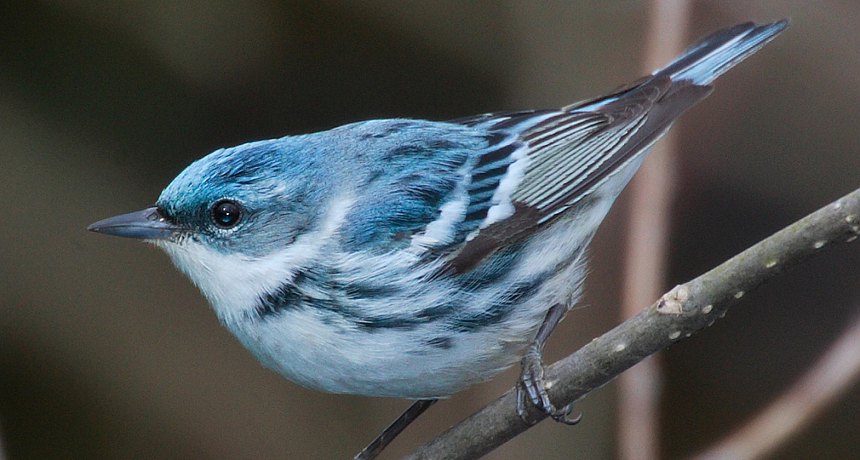Unlike humans that have the ability to adapt to different conditions for its survival, birds of a particular species thrive in specific environmental and geographical conditions. This is the reason why you will see a particular bird species in specific countries and rarely will you find the same bird across several continents. What you find in Australia will not be seen in America and birds of Japan would be very special to that country only. The climatic and ecological conditions influence the lives of birds which is why there are some birds that can be called birds of Americas that are seen across the continent from North to South.
Yellow –Billed Cuckoo
How would you identify this bird as a cuckoo? Look at its toes that are special for all cuckoos – two toes in the front and two behind. This enables it to climb on tree trunks and move through thick foliage. This bird is often called the rain crow as its croaking call on a hot summer day signals an impending storm. The birds have slender bodies with pointed wings and love feeding on caterpillars.
Ruby-throated Humming Bird
This bird is a frequent visitor to American homes and is therefore a very well known species that rank among the threatened species of birds of Americas. The bird that has a rare ability to cross miles at a stretch in a single flight has very powerful wings that beat at a stupendous speed of 60 to 80 times in a second. The diminutive structure of this bird can be quite deceptive as people tend to confuse it with bees at first sight.
Wood Thrush
The song of the Wood Thrush is synonymous with American summers that use to fill the air with its haunting melody that resembled the sound of a flute. The woodlands are the favorite places for this bird that is unfortunately a victim of reducing population that has been steadily declining at the rate of two percent annually. The sight of the birds that was common to Americans even 50 years ago is now a rarity.
Long –billed Curlew
The grasslands of North America and the southern parts touching Mexico are favorite places for the Long-billed Curlews that can impress people with its looks. It vaunts the bill to woo females and it doubles up as a digging tool to hunt for earthworms lying deep inside burrows. Vanishing grasslands making way for agricultural use have added to the threat of existence of this bird.
Greater Sage Grouse
Spring is the time when you can view the gorgeous bird in all its glory. The male bird holds the center stage on leks, the strutting grounds where it arrives to attract the hen. With yellow breasts swelled by air sacs and a plume of feathers on the tails, the birds make weird sounds to be heard and responded by its female counter parts.
All the birds of Americas mentioned here have one thing in common – they are all under the threat of survival and have to be cared for.
